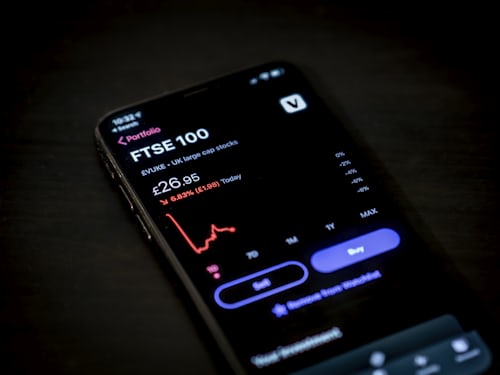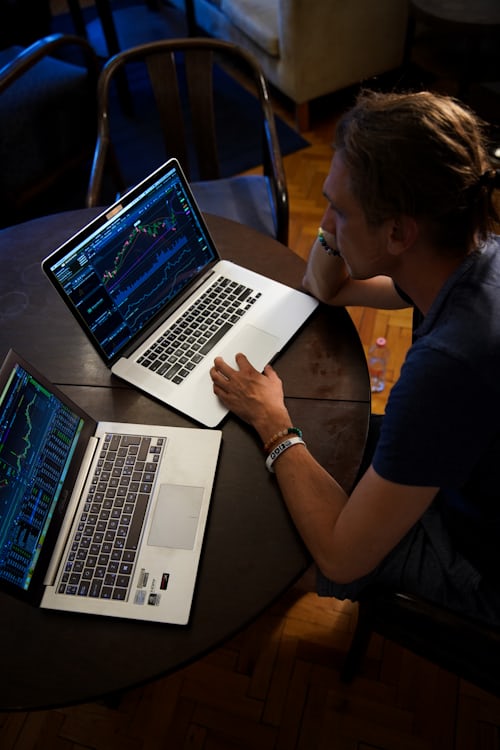|
Become a member

This is called "liquidating" your order, which means that the broker will automatically close your trade and keep the margin. So how do we know when our trade is likely to be liquidated? Well, although the numbers vary from broker to broker, there is an easy way to find out. If you use a leverage of 10: 1, your trade will liquidate when the order loses 10% of its value (1/10). Similarly, a trade with a leverage of 4: 1 would liquidate if the trade lost 25% of its value (1/4).
How do I avoid liquidation?
To avoid liquidating your trade, you have two options. You can either close your trade and suffer a loss or alternatively increase the amount of your margin.
Close your trade
The easy option is to simply close your trade before it reaches the liquidation point. Although you will still lose money, you could lose much less than leaving your trade open and letting it liquidate. Suppose you are trading with a leverage of 10: 1 and a margin of 200 GBP.
If your trade goes down by more than 10%, you lose your 200 pound margin. However, later in the day, your trade has lost 5% in value. When you close the trade, you lose £100, which is 50% of your margin (5% x 10: 1).
Although you still lost £100, a few hours later the asset value decreased by another 5%, meaning the 10% liquidation point was triggered. If you had held on and hoped for the best, you would have lost your entire margin - that's £200.
Add more margin
The second option available to you is to add more margin after you used https://forex-exness.net/downloadexness/ link. Some brokers will send you a notification when you are approaching the liquidation point, asking you whether or not you want to increase your margin size. If you do, this will keep the trade open and effectively give you more breathing room. This option is a bit more complex than automatically closing your trade. Therefore, we have provided a brief example below.

Example of increasing your margin position
Suppose you are trading Apple stock with a leverage of 4: 1 on margin. Your margin is £500, so you are trading on the open market at £2,000. You bought your Apple shares at a price of £180 per share. This means that you will be liquidated if Apple's price drops to £135 (£180 - 25%).
- Apple published its quarterly results, which are less favorable than the markets had hoped.
- As a result, Apple's price drops by 24% in the next few weeks.
- If the price drops another 1%, you will be liquidated.
- For this reason, you decide to add another 500 GBP to the margin.
- This means that you can afford an additional 25% safety net at the current price of £136.8.
- Therefore, you can only liquidate if Apple's price drops to £102.6
The above example of increasing your margin position gives us two possibilities. If at some point the price of Apple recovers above your initial trade size of 180 GBP per share, you will not only make profits, but your profits will be amplified by the leverage of 4: 1.
On the other hand, you would lose all your margins and both trades would be closed if the price of Apple continued to tank and exceeded the liquidation point of 102.6 GBP. This would amount to 1,000 GBP as you put on two margin securities at 500 GBP each.
|